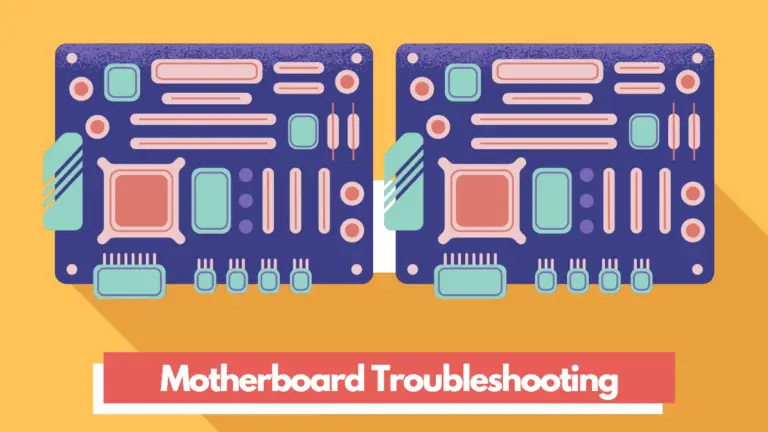Do Motherboards Come With Screws? [Definitive Guide]
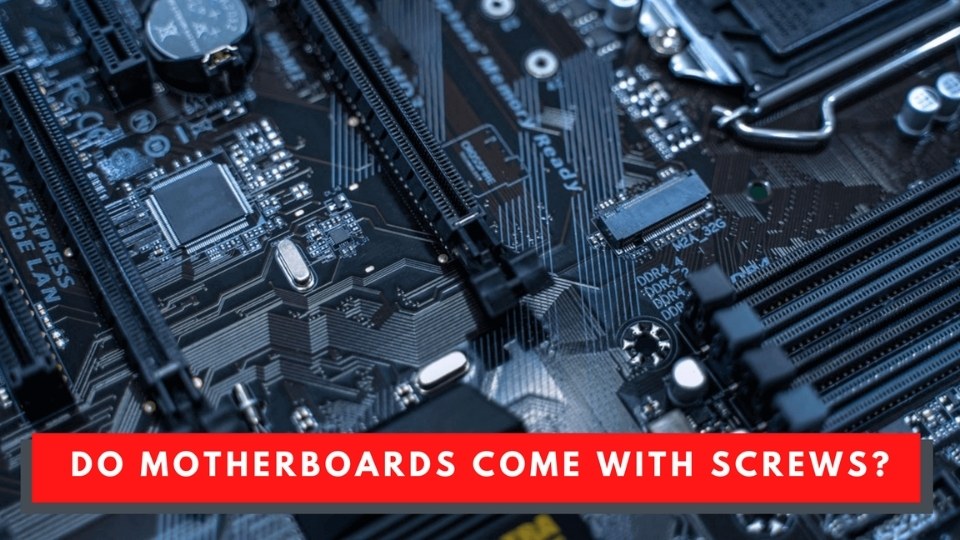

- Motherboards do not come with mounting screws, you get them with the PC case
- The M.2 screws are provided with the motherboard
- Motherboards have various types of screws for their placement and for the placement of hardware parts on them
Among the biggest confusions, new PC builders face is “do motherboards come with screws?”
Motherboards do not come with screws. However, some motherboards include standoffs that allow you to space the circuit board from the PC case.
But for detailed information regarding the motherboard screws, go through the complete guide.
With that said, let’s dive right in.
Do Motherboards Come with Screws?
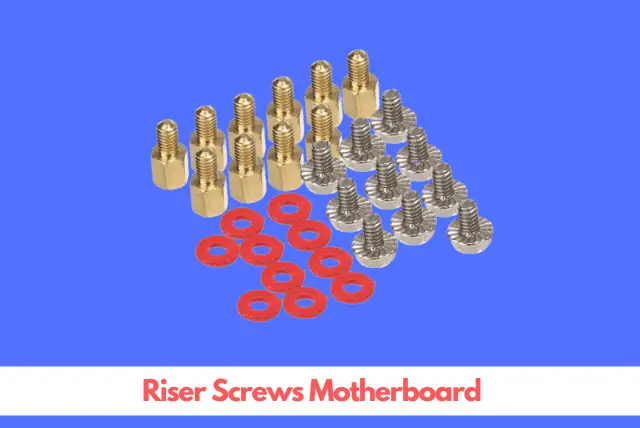

Although it seems quite ridiculous that motherboards don’t come with screws. I mean, really, “how else will you mount the motherboard on the PC case?”
That’s what every normal person on the planet thinks because all other parts like the CPU and power supply do include the screws for comfort. But, why’s the case with motherboards different?
Well, it’s all because of the different methods used to mount a motherboard into a case. These methods also differ on the basis of the form factor of the motherboards.
This way, if the motherboard manufacturers include the screws, they’ll have to include various types of them so they can fit in different CPU cases.
That’s why motherboards don’t come with screws.
Summary: Motherboards do not come with mounting screws. It is because of the different mounting configurations of motherboards.
That said, let’s now have a little chit chat on the motherboard form factors:
The Form Factor of Motherboards
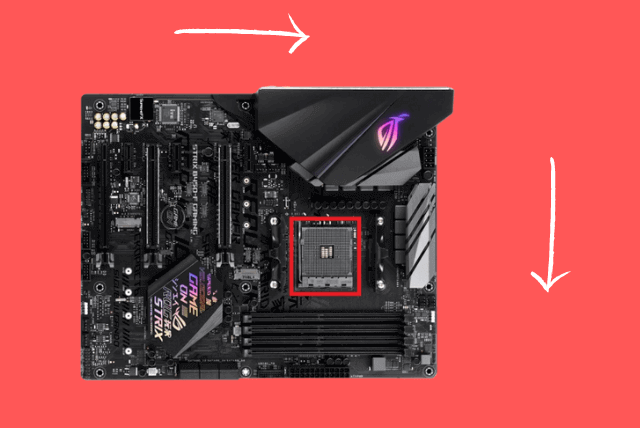

The form factor of a motherboard is identified by various factors that particularly include:
- The dimensions of the motherboard (width * height)
- The screw hole locations of the motherboard (different for various motherboards)
- Layout of peripherals and hardware parts placement (eg. CPU socket location, memory slots, etc)
But still, how do you identify what form factor a motherboard is?
Well, there are two major form factors in general: the ATX and MicroATX. Some other types include Mini-ITX and Nano-ITX. However, let’s keep things simple here and talk about the two major ones: ATX and MicroATX.
Summary: Motherboards come in different designs called form factors. The two major form factors are ATX and MicroATX.
Difference Between ATX and Micro-ATX
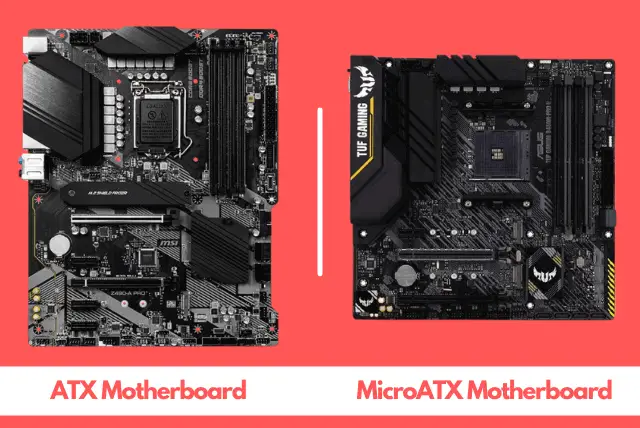

The biggest difference you’ll notice between ATX and MicroATX is the dimensions. The ATX is 12 × 13 inches in dimensions while the Micro-ATX is smaller at 9.6 × 9.6 inches. Furthermore, the ATX was released in 1997 while the Micro-ATX came into being in 1995.
See the images of the ATX form factor motherboard and the Micro-ATX form factor motherboard below:
What ATX Motherboard Looks Like
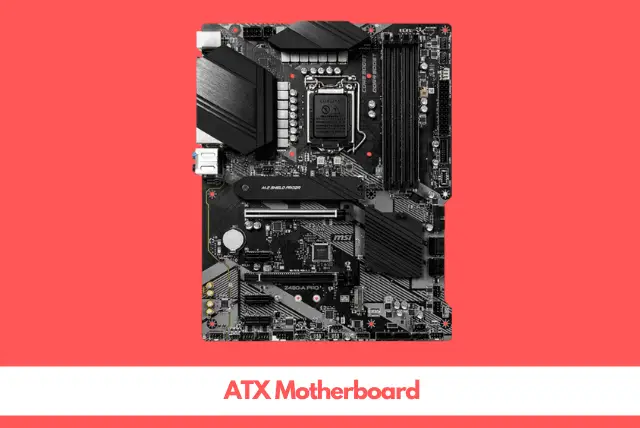

What Micro-ATX Motherboard Looks Like
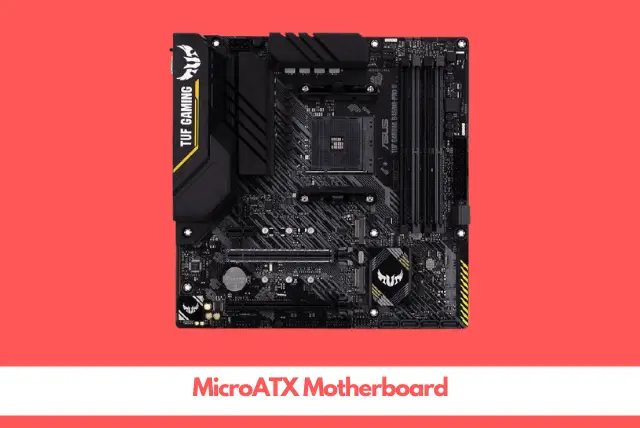

The ATX form factor comes with a standard design of mounting screw locations. While Micro ATX, on the other hand, supports both standoffs and the standard screw configuration.
Note: When it comes to the PC cases, the majority accepts both formats and you’ll be able to place any motherboard without an issue.
By now, you might have understood the concept of the difference of screw locations, physical dimensions, and methods used for the placement of the motherboard in the case.
Watch the video below for a graphical explanation of different types of motherboards:
Why Do Motherboards Not Come with Screws?
Among the various reasons for motherboards to not ship with screws is the difference of form factors of motherboards and their requirements for different types of placement methods.
Therefore, it was a better solution to provide the screws with the PC case according to the mounting method it supports rather than the motherboard. So, issue solved, right?
However, there still are some extras you should opt-in to get with a new motherboard:
- SATA cables for power to storage devices
- The I/O backplate (shield)
- M.2 Screws
- 24-pin power to the motherboard
- CPU fan & case fan power cable
That said, what are the different types of screws motherboards have? Let’s find out.
Types of Motherboards Screws
Below are the 3 main types of screws motherboards have:
1. The Riser Screws


The riser screws are small form hexagonal bolts with a male screw thread on one end. While the other end is the female bolts known as standoffs.
The riser screws mostly come with the PC cases only and serve up to connect the case and the motherboard.
However, some motherboard manufacturers also include these riser screws as extras.
You’ll find two main types of riser screws. One of them is the screws built into the case out of painted metal. The screw-in brass risers, on the other hand, are crafted out of brass metal.
The major difference between them is the basic fold risers offer limited mounting configurations. While the brass screw risers offer versatile mounting options and hence, are a better option.
However, whatever riser screw you see, know that it will be short in design and dimensions. The most common sizes of riser screws used in motherboards are m3 and m4.
The reason riser screws are widely used and are a standard is their advantages. I’ve listed a few of them below:
Advantages of Riser Screws
- Riser screws keep your motherboard away from the metal parts of the case. The board could fry out otherwise.
- This additional space also offers a better airflow through the computer.
- This space can also be used for passing wires and cleaning up the mess.
- The availability of space below the CPU surface also offers a lower temperature for higher performance.
With this many advantages, what could you ask these tiny screws for?
Summary: Risers are small screws used to connect the motherboard with a PC case. They usually come included with the PC case. However, you could also get them with the motherboard as extras.
2. M.2 Screws
The M.2 screws are another major type of motherboard screws. Unlike the riser screws, these M.2 screws don’t actively support your motherboard or secure its placement but they do serve up to hold your M.2 SSD in place.
Still didn’t get it?
The M.2 SSD card needs to be held on the motherboard. These M.2 screws are what serves that purpose. See the image, for instance:
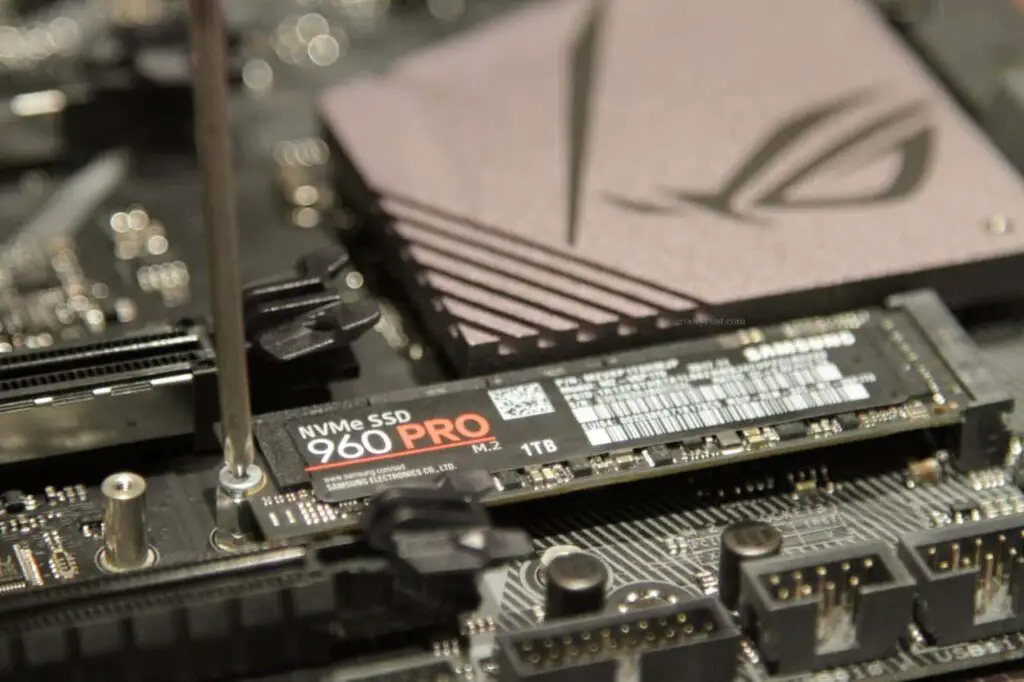

One of the major benefits of the M.2 screws, as obvious, is that they prevent your SSD card from damage during vibrations when moving your computer. They also avoid the noise that could be produced by the SSD.
Since the M.2 screws are to be placed on the motherboard (rather than on the case), they come included with the motherboard.
In fact, it is the responsibility of motherboard manufacturers to include the M.2 screw/s as the SSD you will purchase will not have one.
Summary: M.2 screws are the small screws used to hold your M.2 SSD card on the motherboard. They usually come included with the motherboard.
3. Cooling Solution Motherboard Screws
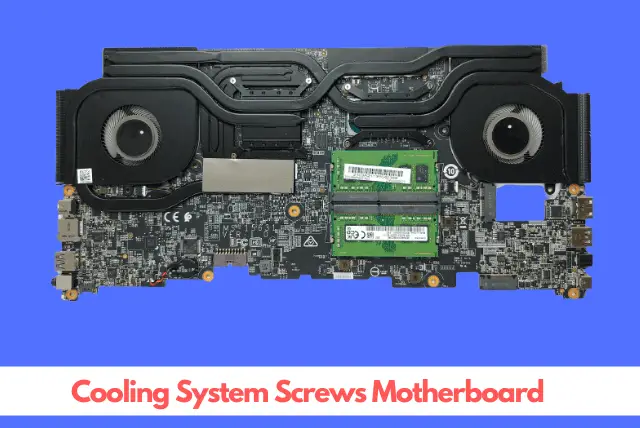

The types of motherboard screws go on. And here we get the cooling solution screws of the motherboard.
These are specialized bolts used to mount cooling solutions (that could be a fan or heatsink) on the CPU to keep it cool.
Now, do all the motherboards need these cooling screws?
Well, yes, every general motherboard on the market comes with the feature of placing a cooling system on the processor for keeping it cool and will require these cooling bolts:
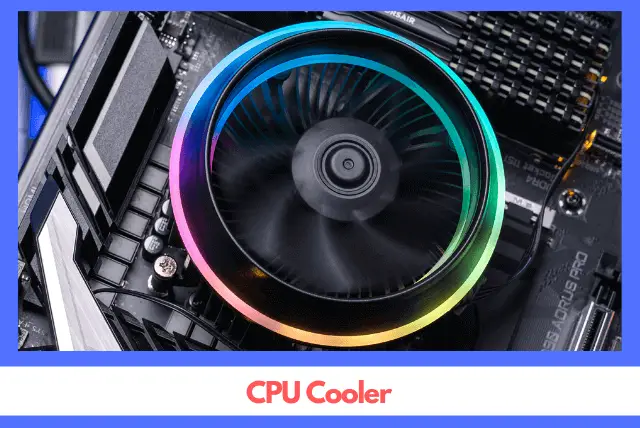

However, the point to note is, these screws never come with the motherboard or the computer case. Instead, the cooling system you get will include these screws for mounting compatibility.
Summary: The cooling solution screws on the motherboard are the specialized bolts used for mounting the cooling solution (heatsink or cooling fan) on the processor. They usually come with a cooling solution.
For further information regarding different types of screws used in building a PC, you can watch the following video right here:
I’ve Lost My Motherboard Screws: What to Do?
If you’ve gone through the terrible experience of losing the motherboard screws (it’s terrible because finding them isn’t easy), you can purchase them from the market or online.
Thankfully, the motherboard screws don’t cost much. All they will take is a dollar or two. Just head over to Amazon and get the screw of your desire.
Further Reading
Will This Motherboard Fit My PC Case? — Learn all about a motherboard’s compatibility with a PC case. The screws and standoffs play an important role in it.
Are Motherboard Standoffs Necessary? — Explore whether motherboard standoffs are important for motherboard installation or you can get away without them.
What Are Motherboard Standoffs? — Not sure what motherboard standoffs are? This guide shows you exactly that.
Key Takeaways
“Do motherboards come with screws” is a frequent query among the new PC builders. In this guide, I tried to give the most precise and thorough answer to this question. The key takeaways of this guide are:
- Motherboards do not come with mounting screws.
- The reason motherboards don’t include screws is due to different form factors and mounting configurations.
- The mounting screws are included with the PC case, instead.
- The other type of board screws are M.2 screws and cooling screws included with the motherboard and cooling system respectively.
- If you’ve lost some motherboard screws, you can conveniently purchase them from Amazon.
With that said, I hope this guide was worth your time and helped you find the answer to “do motherboards come with screws”. If it did, do share it with your fellow PC builders to guide them as well.
Until next time, cheers!
![Can You Use DDR3 RAM On a DDR4 Motherboard? [Guide for 2022]](https://motherboardtimes.com/wp-content/uploads/2021/11/can-you-use-ddr3-ram-on-a-ddr4-motherboard-1-768x432.png)
![Can Motherboard Bottleneck GPU in 2024 [ + Infographic]](https://motherboardtimes.com/wp-content/uploads/2021/11/can-motherboard-bottleneck-gpu-768x432.png)
![10 Motherboard Failure Causes [+ How to Avoid Them 2024]](https://motherboardtimes.com/wp-content/uploads/2021/12/motherboard-failure-causes-768x432.jpg)
![How Much is a New Motherboard in 2024? [Revealed With Data]](https://motherboardtimes.com/wp-content/uploads/2022/08/how-much-is-a-new-motherboard-768x432.png)
![How to Remove Thermal Paste From CPU [Step-By-Step Guide]](https://motherboardtimes.com/wp-content/uploads/2021/12/how-to-remove-thermal-paste-from-cpu-768x432.jpg)
